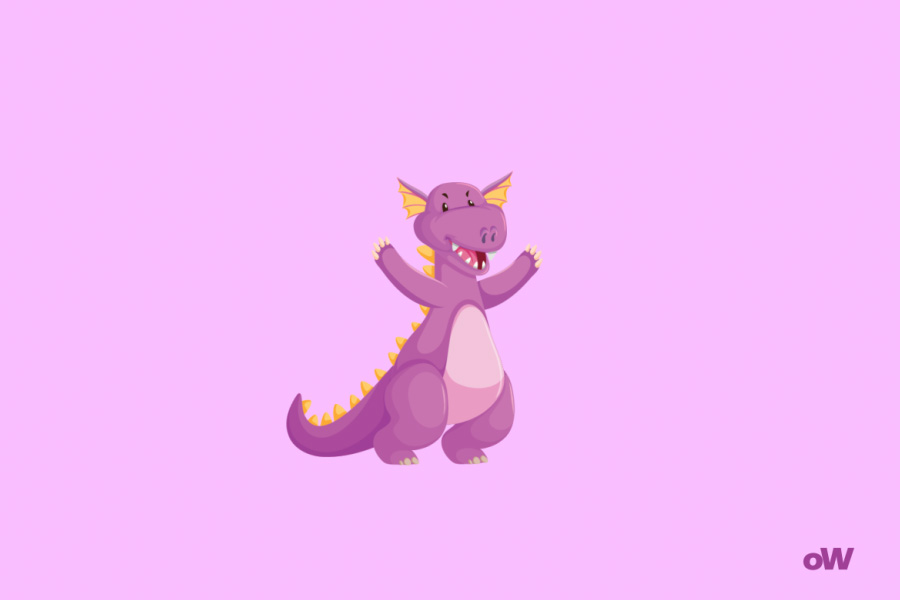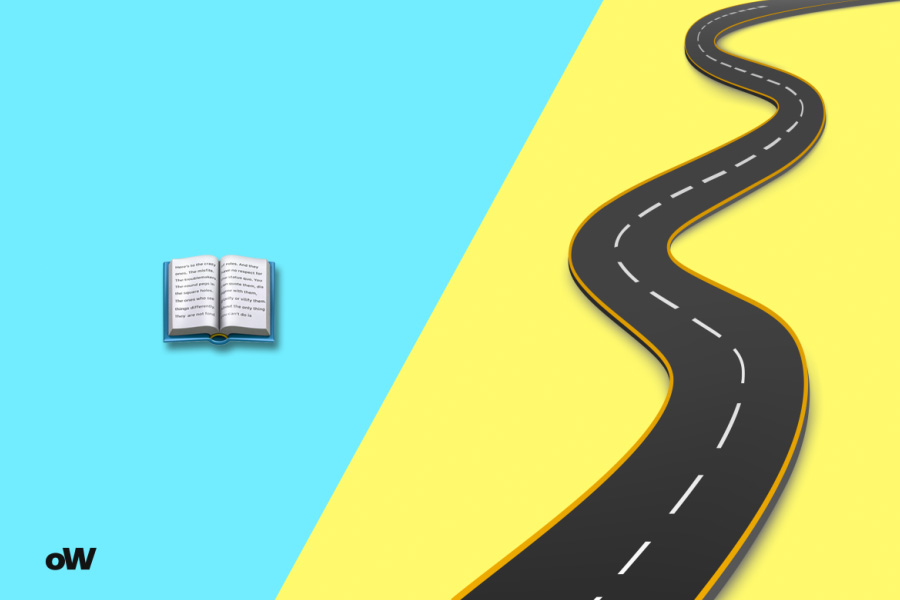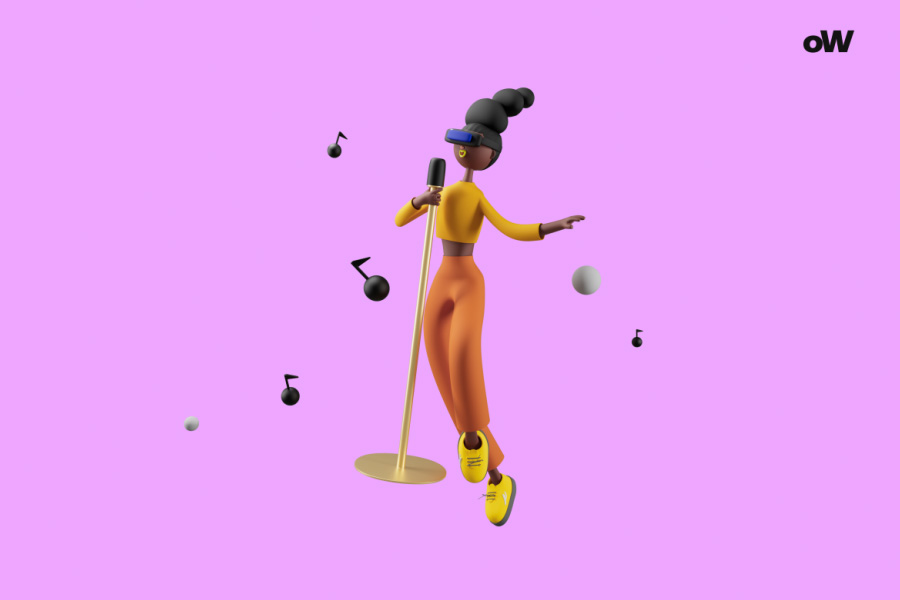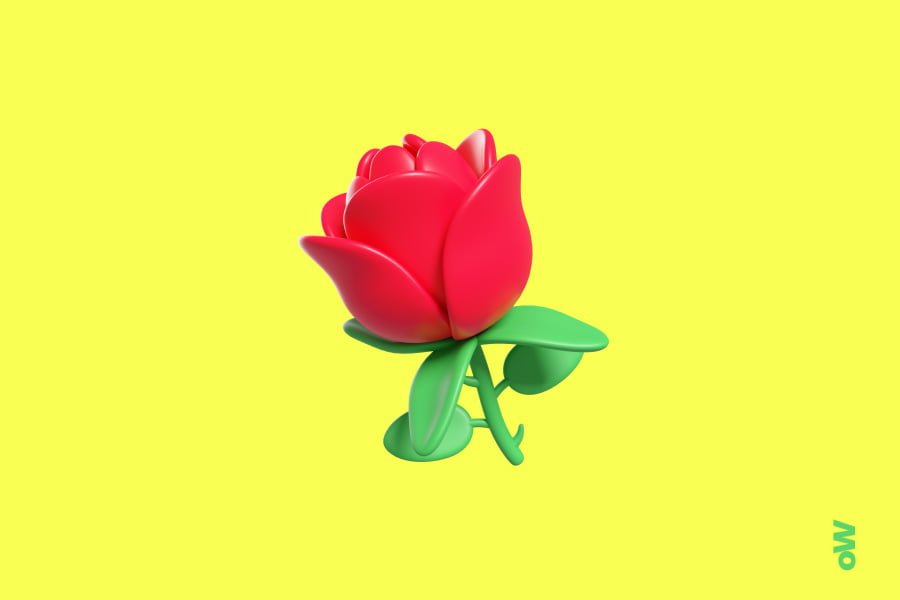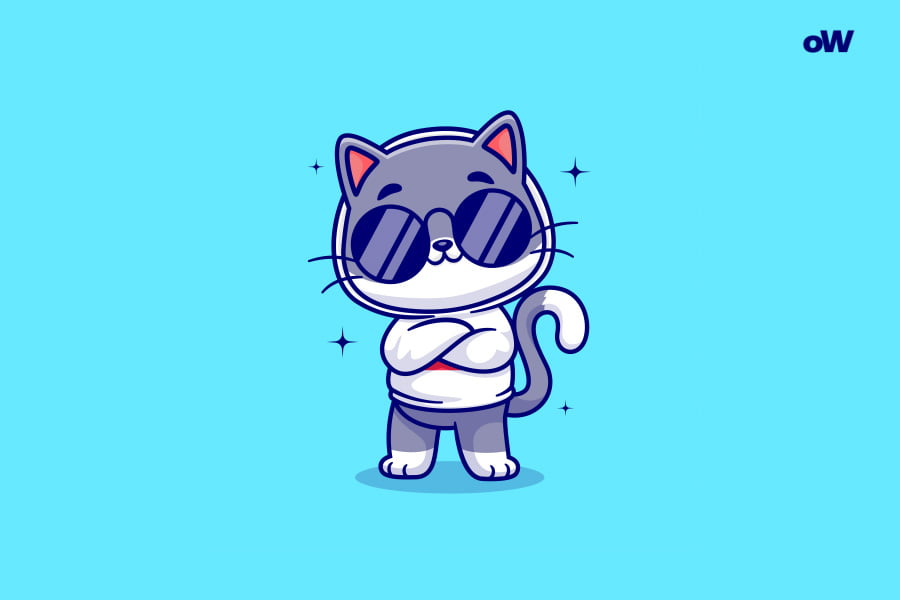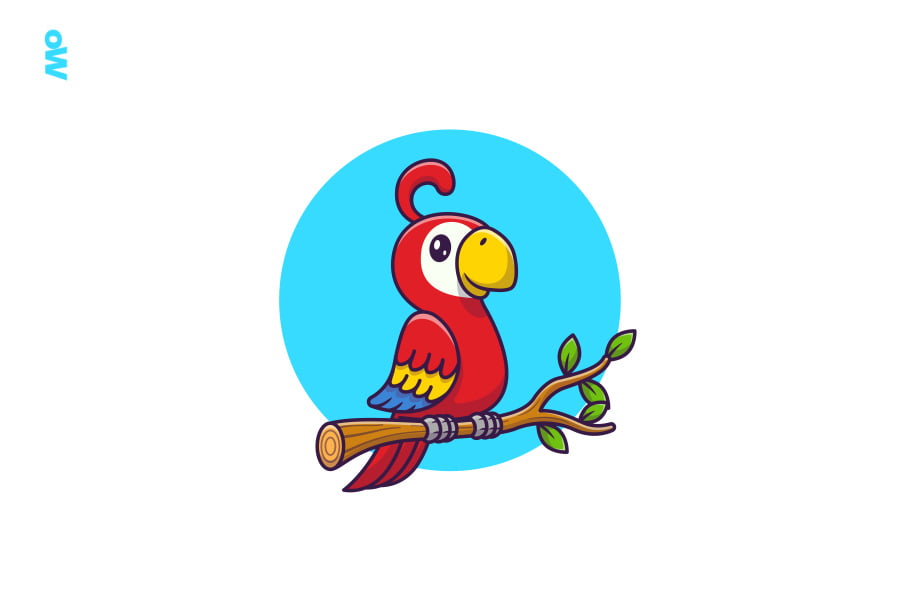Quiz: Am I Emo?
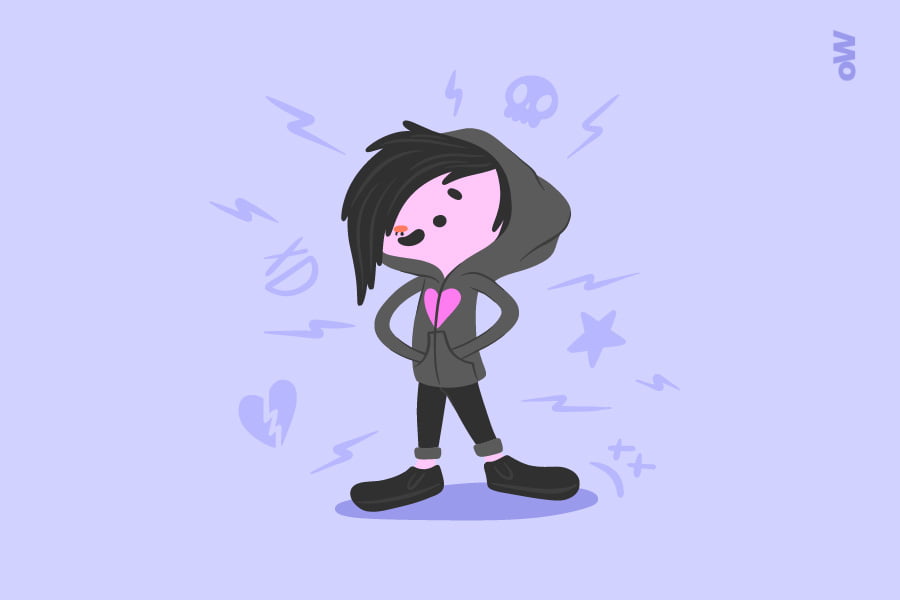
Black hair with pink streaks, side-swept bangs, skinny jeans, and a melancholic gaze – sound familiar? In the 2000s, emo culture took over the world, leaving behind not just a musical legacy, but an entire philosophy of emotional perception of life. Today, as subcultural boundaries continue to blur, many find themselves wondering: “Am I emo too?”
The Origins and Development of Emo Culture
The roots of the emo movement run deep into Washington’s underground scene of the mid-1980s. At a time when the hardcore punk scene was mired in monotony and aggression, bands like Rites of Spring and Embrace began experimenting with a more personal, emotionally charged sound. Guy Picciotto, the frontman of Rites of Spring, created music that combined punk’s fury with piercing sincerity and vulnerability.
The first wave of emo, or “emocore,” was characterized by complex guitar parts and unexpected changes in tempo and dynamics. Musicians used dissonance and unconventional time signatures, creating a sonic landscape that reflected the emotional roller coaster of their inner world. Bands like Sunny Day Real Estate and Texas Is the Reason developed this sound in the early ’90s, adding more melodic elements and complex compositional structures.
By the late ’90s, emo began to transform. Second-wave bands emerged – Promise Ring, Cap’n Jazz, American Football – bringing elements of indie rock and math rock to the genre. Their musical style became more accessible to a wider audience while maintaining emotional depth and sincerity.
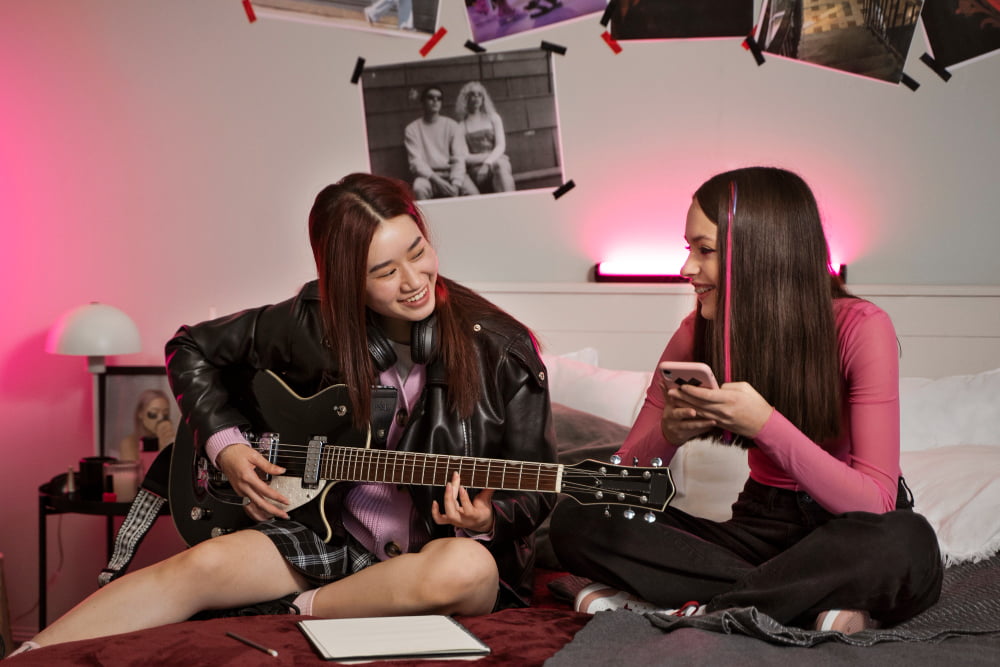
Emo Style: Music, Fashion, Art
The early 2000s marked an explosion in emo culture’s popularity. Thursday, Taking Back Sunday, and especially My Chemical Romance brought the genre into the mainstream. Their music combined punk rock energy with the theatricality and melody of pop music. Song lyrics explored themes of loneliness, love, loss, and self-discovery, resonating with millions of listeners worldwide.
The visual aesthetics of emo evolved alongside the music. The classic emo look incorporated elements of punk fashion but with a special emphasis on romance and melancholy. Hairstyles with side-swept bangs covering one eye became not just a fashion trend but a symbol of a certain worldview – the desire to simultaneously show and hide one’s emotions.
Clothing was dominated by skinny jeans, often distressed or ripped, layering (band t-shirts under plaid shirts), and sneakers or skater shoes. Accessories held special significance: pins and patches told stories of musical preferences, while wristbands and studded belts added a punk element to the look.
Emo culture’s art manifested not just in music and fashion. A distinctive visual style could be found in album artwork, concert posters, and merchandise. Artists used contrasting colors, especially black and pink, creating complex compositions from simple symbols: hearts, stars, lightning bolts. Typography played an important role – handwritten fonts and intentionally messy text emphasized the personal, diary-like nature of the art.
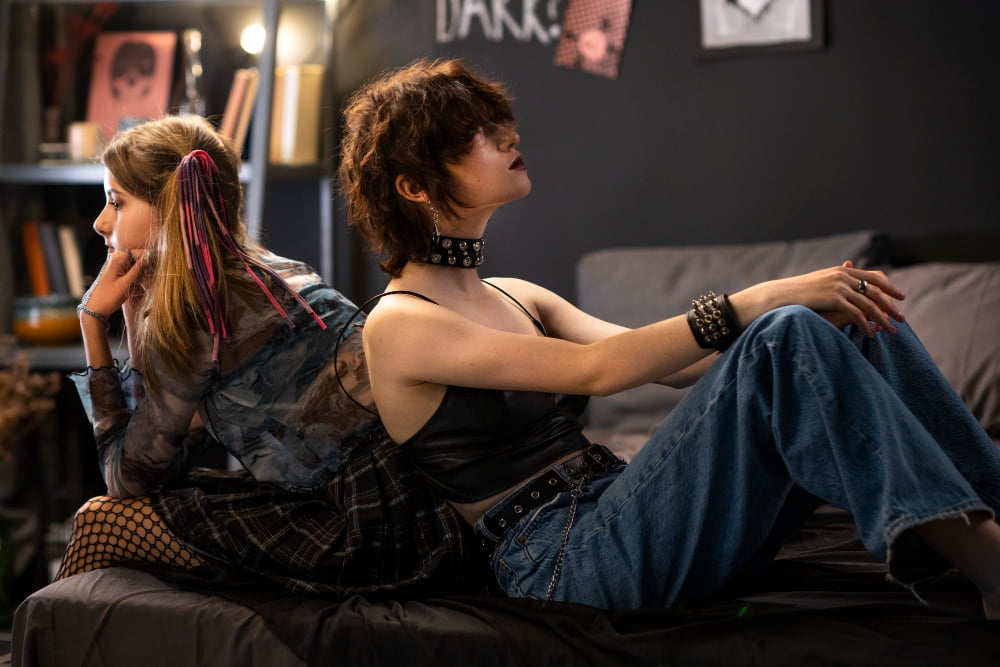
How to Know If You’re Emo: Key Signs and Characteristics
Today’s understanding of emo culture differs significantly from the stereotypes of the 2000s. Let’s explore the main aspects that might indicate your connection to emo culture.
Musical Perception and Preferences
Emo personalities are particularly sensitive to music. They don’t just listen to songs – they live them. Favorite tracks become soundtracks to important life moments, like openings of favorite anime. This isn’t limited to emo bands: it can be any music that carries sincerity and depth. Such people often pay attention to lyrics, finding personal meaning and reflections of their own experiences in them.
Emotional Depth and Sensitivity
The main characteristic of emo is the ability to feel deeply and not be ashamed of emotions. They experience the world in its fullness: joy becomes ecstasy, sadness becomes beautiful melancholy. Modern emos have learned to manage their sensitivity, transforming it into a creative resource or professional advantage.
Creative Self-Expression
Emos often channel their feelings through creativity. This might be music, drawing, photography, poetry, or any other art form. Their work often reflects their inner world, becoming a way to process emotional experiences. In the age of social media, this might manifest through a unique blogging style or special approach to content creation.
Relationship with Melancholy
A distinctive feature of the emo worldview is the ability to find beauty in sadness. This doesn’t mean constantly being in a depressed state. Rather, it’s the ability to see poetry in autumn rains, find inspiration in nostalgic memories, and value moments of gentle sadness as part of a complete emotional life.
Aesthetic Preferences
In the visual preferences of modern emos, you can notice a love for contrasts, attention to detail, and appreciation of authenticity. This might show in clothing, living space design, choice of films and books. There’s often an interest in vintage items, independent cinema, and underground art.
Relationships and Empathy
Emos are distinguished by high levels of empathy and a deep approach to relationships. They value sincere conversations, emotional honesty, and the ability to be vulnerable with close ones. In friendship and love, they seek not just comfortable communication but deep spiritual connection.
Philosophical Approach to Life
Modern emos often tend toward self-analysis and philosophical reflection. They ask deep questions about life’s meaning, explore their inner world, and strive for self-development. Their philosophy isn’t gloomy – it’s rather directed at finding authenticity and harmony with oneself.
Social Awareness
Many emos show high social consciousness. They respond sensitively to injustice, care about ecology, and support various social movements. Their emotional sensitivity often transforms into active civic engagement and a desire to make the world better.
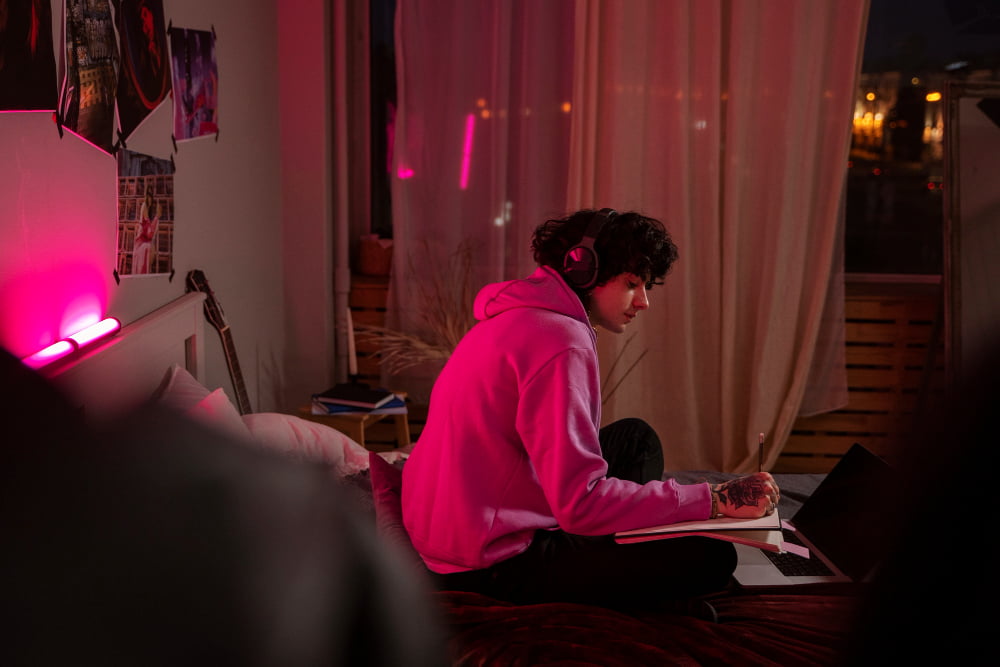
Quiz Explanation
Our quiz explores various aspects of personality through the lens of emo culture. The questions touch not only on musical preferences and clothing style but also deeper topics: how you perceive art, handle emotions, and what you value in relationships with people.
Each question reflects a certain aspect of emo culture. For example, your attitude toward melancholic music might show your ability to find beauty in sadness. Art preferences might reveal your inclination toward emotional self-expression. And your choice of leisure activities might indicate your connection to the creative side of emo culture.
The quiz results will help you see how close you are to emo philosophy. You might discover that your love for certain music or self-expression style has deep roots in emo culture. Or realize that your emotional sensitivity isn’t a weakness but a strength.
In today’s world, where rationality and restraint are often valued, emo culture reminds us of the importance of emotional honesty. It teaches us that feeling deeply is normal, that vulnerability can be a source of strength, and that the ability to empathize makes us more human. Taking this quiz might not only help you better understand your connection to emo culture but also discover new facets of your own personality.
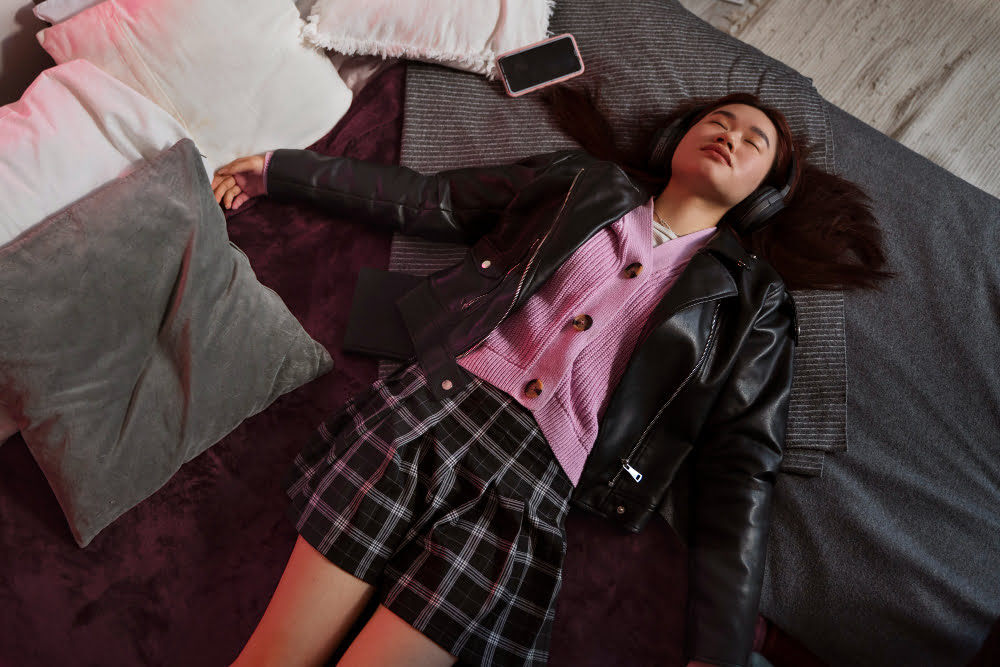
Disclaimer
This quiz is designed for entertainment purposes only. The results are not scientifically validated and do not constitute professional advice or assessment. The quiz results are meant to be fun and should not be used as a basis for any life decisions or as a substitute for professional consultation. If you need personalized guidance, please consult with appropriate qualified professionals.
Questions Overview
- Bright, vibrant colors
- Mostly neutral, earthy tones
- A lot of black, but I wear other colors too
- Black is my happy color
- Pop or hip-hop
- Classic rock or jazz
- Alternative or grunge
- Punk rock
- I usually keep them to myself
- I talk them out with close friends or family
- I write poetry or song lyrics
- Through creative outlets, like music, art, or writing
- Romantic comedies or family-friendly shows
- Action-packed or thrillers
- Dark, psychological dramas
- Anything with a deep, introspective, or melancholic theme
- Outgoing and cheerful
- Reserved, but generally positive
- Somewhat brooding or introspective
- I often have a melancholic outlook
- Big parties with lots of people
- Casual get-togethers with friends
- Small gatherings or one-on-one
- I prefer my own company, solitude can be comforting
- Rarely, I prefer to focus on the practical
- Occasionally, when I have some free time
- Quite often, I find such topics interesting
- Always, I’m frequently lost in deep thoughts
- Preppy, sporty or casual
- Classic or vintage
- Somewhat alternative or grunge
- Definitely dark, often includes emo or punk elements
- Self-help or non-fiction
- Mystery or adventure
- Fantasy or dystopian novels
- Dark poetry, gothic novels or deep existentialist works
- I enjoy it and participate in it
- Some aspects of it are fine
- I tend to dislike mainstream culture
- I strongly reject mainstream norms and culture
- Impressionism or Classical Art
- Abstract or Modern Art
- Surrealism or Symbolism
- Gothic or Dark Art
- Simple and easy to maintain
- Stylish but not too eccentric
- Somewhat unconventional or bold
- Often dyed in dark colors, maybe with an emo or punk influence
- Bright, sunny places
- Somewhere bustling, like a city
- Calm places with a bit of melancholy, like overcast beaches or forests
- Dark, intimate settings, maybe with some moody music playing
- Brightly colored scarves or jewelry
- Classic watches or subtle necklaces
- Leather or lace accessories
- Band merchandise, studded belts, or wristbands
- I usually keep my emotions hidden
- I share them only with people I trust
- I sometimes express them through art or writing
- I wear my emotions on my sleeve – music, clothes, body language, everything
- It would bother me a lot, and I might change to fit in
- I'd feel slightly upset but wouldn't let it affect me too much
- I'd shrug it off, everyone has different tastes
- I don't care what others think, I embrace my individuality and unique style
